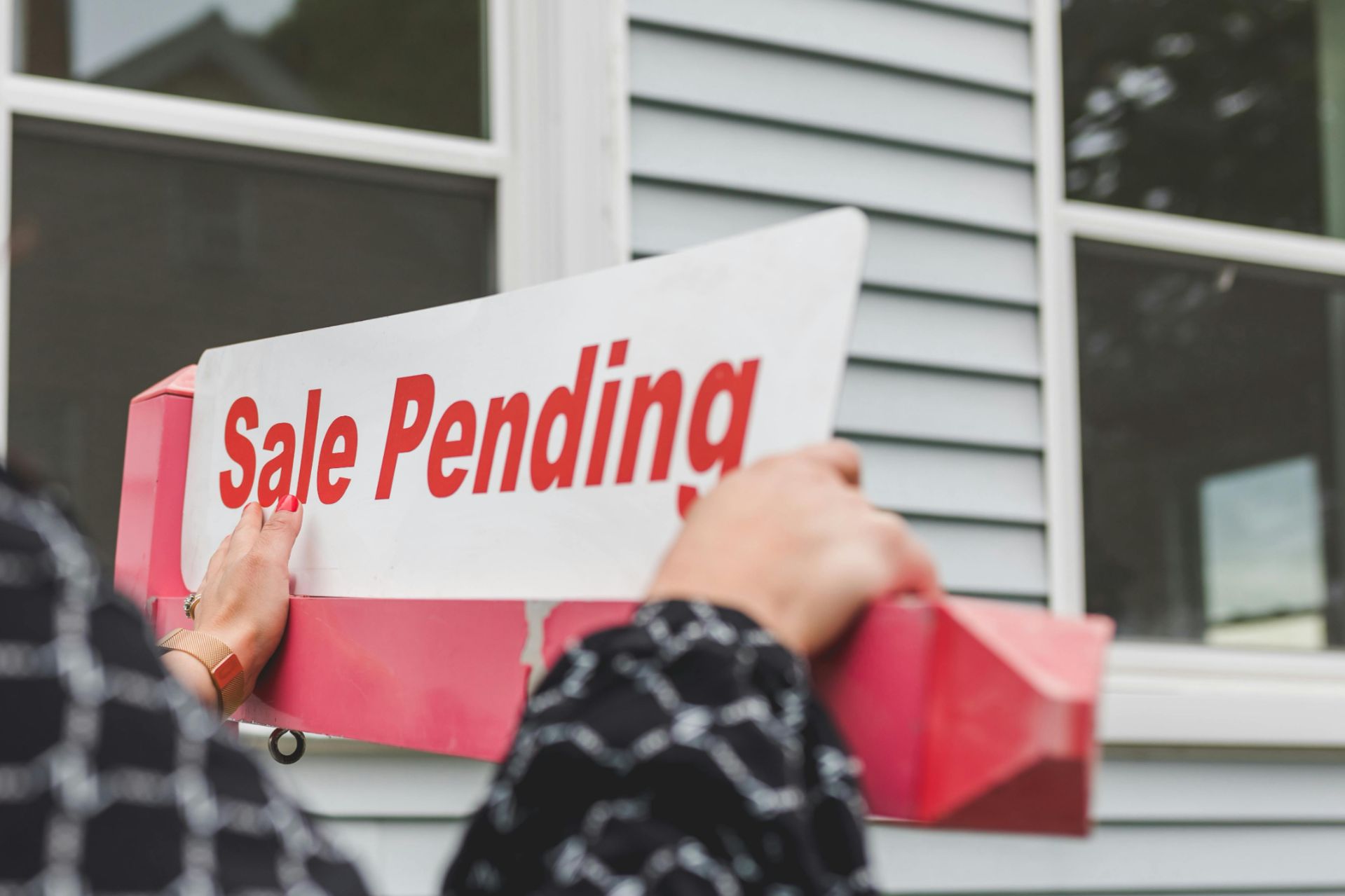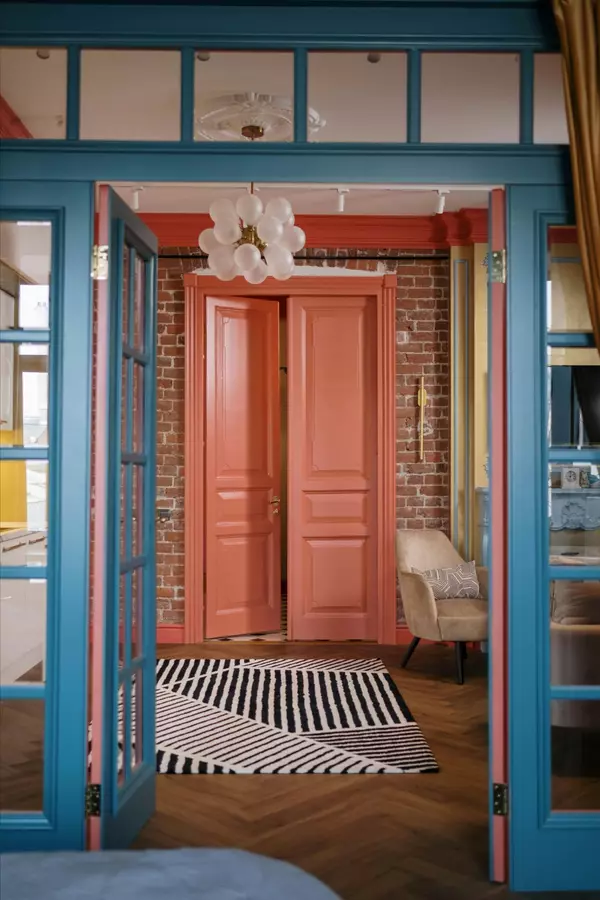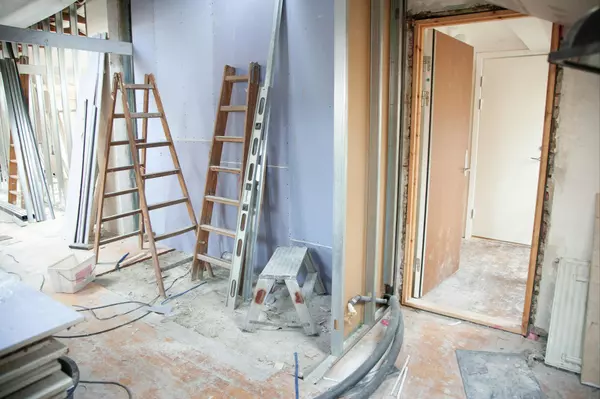The Cost of Holding vs. Selling: What Every Home Seller Should Know

When deciding to sell a home, one of the biggest challenges is determining the right price. Many homeowners hope to secure the highest possible offer, which sometimes leads to the temptation of holding onto the property longer than necessary, waiting for the “perfect” buyer. However, what many sellers don’t consider is the true cost of waiting—and how it can impact their bottom line.
If you’re on the fence about whether to sell now or hold out for a higher price, let’s break down the key factors that can affect your financial outcome.
Understanding the Hidden Costs of Holding
 Every month that a property remains unsold, the seller continues to incur ongoing expenses, including:
Every month that a property remains unsold, the seller continues to incur ongoing expenses, including:
• Mortgage Payments (if applicable) – Principal, interest, and private mortgage insurance (PMI) if the loan balance is above 80% of the home’s value.
• Property Taxes – These accrue annually, meaning a longer selling timeline results in more taxes owed.
• Homeowners Association (HOA) or Condo Fees – If applicable, these recurring costs continue even if the home is vacant.
• Maintenance & Repairs – Routine upkeep, landscaping, and unexpected fixes can add up quickly.
• Utilities – Electricity, water, gas, and trash services continue, even if the home is not occupied.
• Home Insurance – Required until the sale is finalized, with some vacant properties requiring additional coverage.
While these costs vary by location and property type, they can add up to thousands of dollars per month—directly eating into the profit a seller hopes to make.
Example: The Cost of Waiting for a Higher Price
Imagine a seller lists their home at $400,000 but insists on waiting for an offer of $420,000. If market trends indicate that buyers aren’t willing to pay that price, the home could sit unsold for six months or more. During that time, the homeowner continues paying mortgage, taxes, HOA fees, and maintenance costs—amounting to, let’s say, $2,500 per month in carrying costs.
After six months, the seller finally receives an offer of $415,000—still below their original goal. However, by this time, they’ve spent $15,000 in carrying costs. In reality, their net proceeds are now $400,000—exactly what they could have accepted months earlier, without the hassle or risk of a shifting market.
The Risks of Holding Too Long
Aside from the financial impact, holding onto a property longer than necessary comes with additional risks:
• Market Fluctuations – Interest rates, economic shifts, or increased housing inventory could result in fewer buyers and lower offers.
• Buyer Perception – A home that sits on the market for too long may be seen as overpriced or problematic, leading to lower offers in the future.
• Unexpected Maintenance – The longer a home sits unsold, the more likely it is to require additional repairs or updates.
Why Selling Sooner Can Be the Better Financial Decision
By pricing the home competitively from the start, sellers often generate more interest, potentially leading to multiple offers and a quicker sale. This reduces carrying costs and helps homeowners maximize their net proceeds without the stress of an extended time on the market.
If you’re considering selling but are unsure of the right approach, working with an experienced real estate professional can help you navigate pricing strategies and market conditions to ensure you make the best financial decision.
Bottom Line: Holding out for a higher price may seem like a smart move, but when factoring in ongoing expenses, the real cost of waiting can quickly outweigh the benefits. Selling at the right price—sooner rather than later—often results in a stronger financial outcome.
Thinking about selling? Let’s discuss a strategy that ensures you maximize your profit while minimizing unnecessary costs.
Recent Posts












